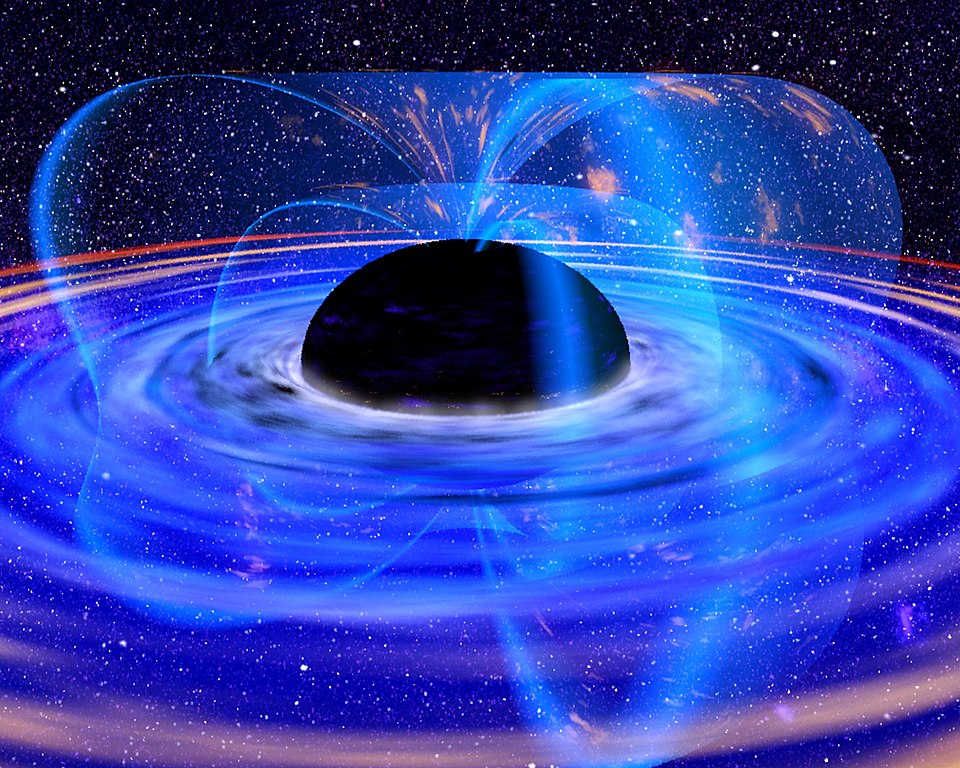Astronomers have spotted a supermassive black hole racing across the universe at 110,000 mph (177,000 km/h). But they are clueless about what is propelling it through the cosmos.
This supermassive black hole is roughly 3 million times heavier than our sun. It is moving through the center of the galaxy J0437+2456, which is about 230 million light-years away from us.
Everything in space is in motion. But according to astronomers, such movements are rare. The movement of objects like supermassive black holes, which can outweigh our sun millions of times would be very tough. This is because the movement of such giant masses requires an equally enormous force to get them going.
Dominic Pesce, an astronomer at the Center for Astrophysics | Harvard & Smithsonian, said, “We don’t expect the majority of supermassive black holes to be moving; they’re usually content to just sit around,”
“They’re just so heavy that it’s tough to get them going. Consider how much more difficult it is to kick a bowling ball into motion than it is to kick a soccer ball — realizing that in this case, the ‘bowling ball’ is several million times the mass of our Sun. That’s going to require a pretty mighty kick.”
Researchers have been working to observe this rare occurrence for the last five years. They were comparing the velocities and direction of supermassive black holes and their home galaxies.
Pesce said, “We asked: Are the velocities of the black holes the same as the velocities of the galaxies they reside in?”
“We expect them to have the same velocity. If they don’t, that implies the black hole has been disturbed.”
Researchers examined 10 distant galaxies and their black holes. Out of these 10, nine were at rest, and one was on the move. Although this present supermassive hole is moving very fast, it’s not the fastest supermassive black hole.
Earlier even, scientists clocked a supermassive black hole hurtling through space at 5 million mph (7.2 million km/h).







